Retro Replay Review
Gameplay
The core of Scooby-Doo’s gameplay revolves around classic platforming mixed with light beat ’em up mechanics. Players guide Scooby through a sprawling castle filled with ladders, moving platforms, and hidden passages, all while avoiding bats swooping from above and the occasional skull rocketing across the floor. The level design encourages exploration, with secret alcoves housing extra Scooby Snacks or shortcuts that shave crucial seconds off your progress.
Scooby’s combat system is simple yet satisfying. Although he must stand still to execute any of his attacking moves—be it a headbutt, belly flop, or the occasional tail swipe—mastering the timing is half the fun. Battling ghosts emerging unpredictably from doors or Ghoulfish that leap out of water traps keeps you on your toes, and learning enemy patterns becomes key to conserving your six starting lives. As you collect more Scooby Snacks and reach the end of each of the four levels, those extra lives can make the difference between finishing the game or a frustrating restart.
The game also peppers in a few environmental hazards, like springy platforms that launch Scooby high into the air and moving floors that can squash unwary pups. These elements add variety to the 2D side-scrolling action, forcing players to combine platforming finesse with quick reflexes. While it occasionally feels like you die more from awkward jumps than enemy hits, the forgiving checkpoint system and plentiful Scooby Snacks ensure you’re rarely stuck for long.
Graphics
Visually, Scooby-Doo captures the spirit of the beloved cartoon series with bright, bold colors and character-accurate sprites. Scooby himself is rendered with a surprising amount of personality for a relatively small sprite—his eyes widen in fear, and his idle animations include a nervous tail wag that feels delightfully on-model. Each of the four castles has its own palette: dim crypt corridors, moss-covered ramparts, and eerie, torch-lit hallways, ensuring the backdrop never becomes stale.
Enemy designs also stand out, from translucent ghosts that flutter through walls to grotesque Ghoulfish that snap their jaws underwater. The animation frames are fluid enough to convey weight and motion, although some of the more complex moves—like Scooby’s belly flop attack—can look slightly choppy at higher speeds. Still, the chunky pixel art style has a nostalgic charm that fans of retro 16-bit games will appreciate.
Special effects, such as flickering torches or the flash when Scooby scores a critical hit, add polish without overwhelming the screen. Background details—like cobwebs swaying in the breeze or distant shadows that seem to shift when you’re not looking—help set an atmospheric tone. While the hardware limitations are evident, the art direction makes clever use of every pixel to immerse players in a spooky castle adventure.
Story
Scooby-Doo’s narrative is straightforward: an evil genius has kidnapped Shaggy, Fred, Daphne, and Velma and imprisoned them in a vast, trap-filled castle. This premise immediately recaptures the classic mystery formula—Scooby is the reluctant hero thrust into danger to save his friends. Though the storyline doesn’t branch or offer dialogue choices, it provides enough motivation to keep players invested in pressing forward through challenging levels.
Each level punctuates the rescue mission with light cutscenes or title screens that hint at the kidnapped gang’s fate. While these interstitials are brief, they maintain a sense of progression, as you learn which friend is trapped next and what obstacles lie ahead. The lack of voice acting is offset by on-screen text and expressive character portraits, a choice that preserves the game’s snappy pacing and doesn’t bog down the action with long exposition.
Although some players might crave a deeper mystery or puzzle-solving elements reminiscent of the TV show, the game compensates by ramping up the platforming challenges and enemy variety. The straightforward “rescue your friends” storyline works well for younger audiences or franchise enthusiasts looking for a no-frills, action-packed romp. It’s a lean plot, but it fits neatly around the core gameplay loop.
Overall Experience
Scooby-Doo offers a breezy, family-friendly platforming experience that will appeal to both fans of the franchise and retro gamers hunting for something with a nostalgic 16-bit feel. The blend of ladder-climbing exploration and beat ’em up combat strikes a satisfying balance, though the need for Scooby to remain stationary during attacks can feel restrictive at times. Nevertheless, unlocking extra lives and discovering hidden areas provides plenty of incentive to replay levels and master every jump.
The pacing is brisk, and the castle’s four distinct levels each present new hazards and enemy types, preventing the gameplay from growing stale. Difficulty spikes are present—certain bat sequences and springy traps can be unforgiving—but the generous checkpoint system and Scooby Snacks mitigate frustration. For younger players or those looking for a moderate challenge, the learning curve feels just right.
In the end, Scooby-Doo stands out as a charming licensed title that respects its source material while delivering solid platforming thrills. It’s not revolutionary, but its tight controls, engaging level design, and atmospheric graphics make it a worthwhile romp through a haunted castle. Whether you’re rescuing Daphne from a dungeon or vaulting over skull traps to save Velma, Scooby’s adventure offers more than enough spooktacular fun to justify a purchase.
 Retro Replay Retro Replay gaming reviews, news, emulation, geek stuff and more!
Retro Replay Retro Replay gaming reviews, news, emulation, geek stuff and more!
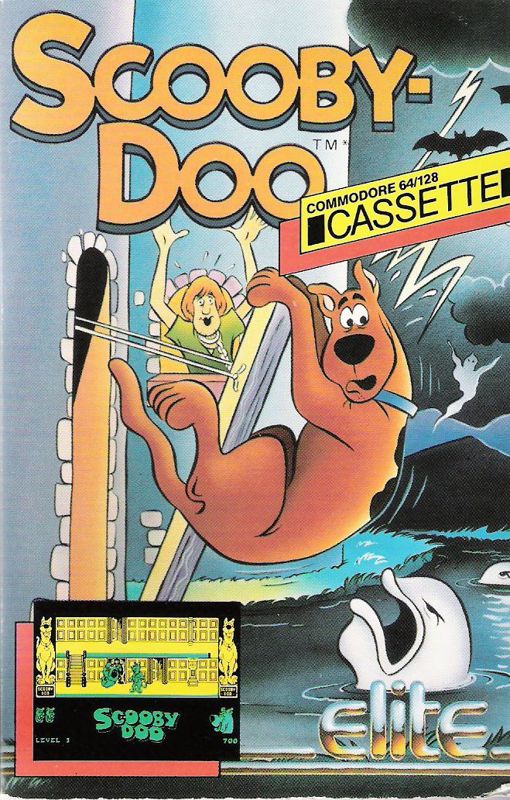

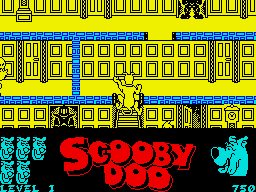
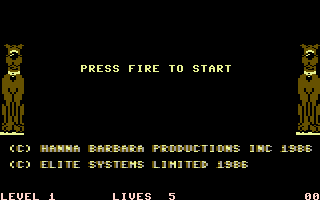
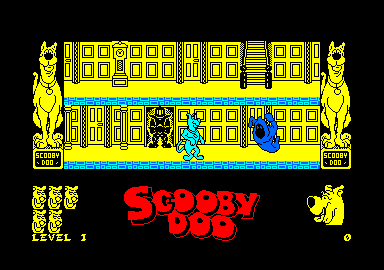
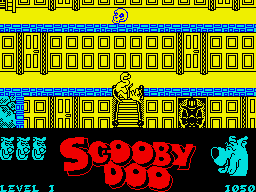
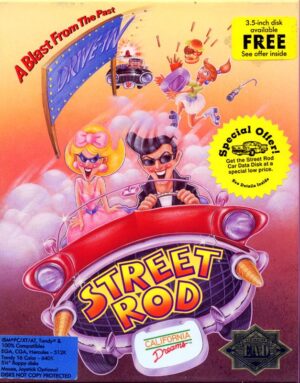


Reviews
There are no reviews yet.